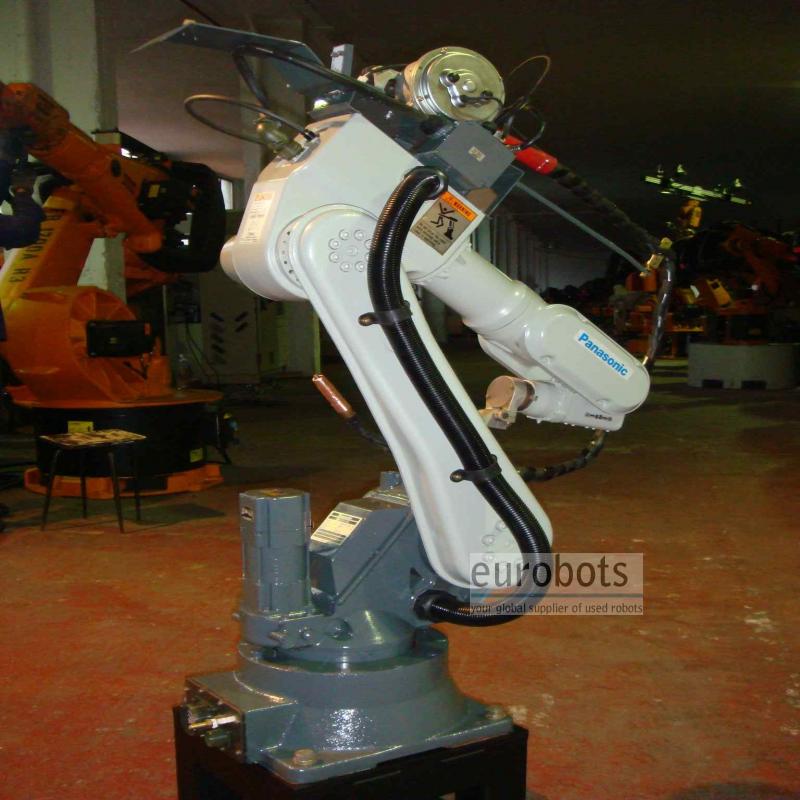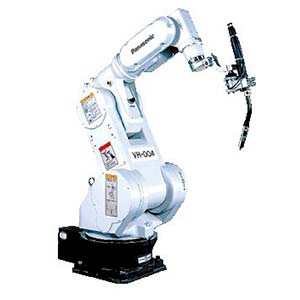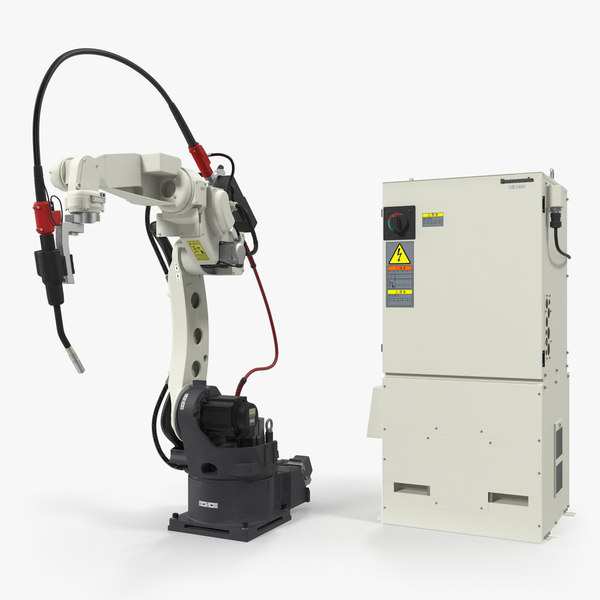

Numerically displayed targets and results provide not only users but also staff members with easy-to-understand performance indices. The design also takes into consideration the feelings of the medical and nursing-care staff members who support the robot’s users. Finally, information about the day’s exercise is displayed using easy-to-recognize, anthropomorphic icons, so that anyone can use the robot intuitively. Next, to create a sense of communication with the robot, the team prepared a library of friendly messages, calling the user by name and talking about each day’s targets. A high-visibility display enables even those with poor eyesight to confirm their progress easily, encouraging them to correct and improve their performance. Information on the user’s status, such as how much the user leans into the robot during use, is made intuitively understandable through large graphics and a bright color palette. As the user walks, the screen displays a tachometer, providing feedback on progress and making the robot fun to use. For these needs, interface design was critical, and several innovations were implemented.

To encourage users to stick with their exercising, the robot had to be easy to use while providing encouraging feedback. Guided by the concept of a revised framework that encourages physical activity, the team devised the walking training robot from the ground up.įurther design enhancements keep users motivated. The undercarriage was designed with large front wheels, to secure safety and ease of operation. Through repeated testing, it was found that the ideal thickness for the grips was close to that of a grandchild’s wrist. A pleasingly round shape was adopted for the handles, enabling users to change where they grip the device according to their individual stage of training. This arrangement demonstrates the intended posture for walking in an encouraging, appealing manner. What they discovered was an angle of inclination and handle position that encourage the user not to lean on the device but to push it from a natural stance. How could they make it visually appealing? And how could they make it easy to use, for people of all physiques and health conditions? Wearing harnesses designed to simulate the condition of an elderly person, team members tested the device with a variety of tubes and cushioning appended, repeatedly modifying the shape using foam-plastic models. To start the ball rolling, our engineers created Models 1 and 2, and the entire team worked on a comprehensive overhaul of the shape. The first task was to create a shape that people would want to use. Through repeated trial-and-error, Panasonic searched for a shape people would want to operate. Could Panasonic combine its strengths in technology and design to motivate the elderly to pursue exercising? The challenge was to create a design that transforms physical exercising from a necessary nuisance into an enjoyable experience, one the elderly would pursue willingly and joyfully.Ģ Hiroko Akiyama, Social Structure in the Age of Longevity, Kagaku (Science), Iwanami Shoten, 2010 (in Japanese)

For these busy professionals, establishing a training regimen of maximum efficiency and effectiveness is a crucial point.

The needs of staff members at medical and nursing-care facilities must also be taken into account. To encourage people to exercise consistently, the burdens of exercising, both psychological and physical, must be alleviated. Training the elderly to keep walking is effective in supporting muscular strength, but this task is not as simple as it sounds. Unfortunately, although Japan has the longest average lifespan of any country in the world, only about 10% can live in good health and walk independently to the very end2. To live independently until well into old age, people must be able to walk on their own two legs. In an aging society, extending healthy lifespan is critical. To extend healthy lifespan, the robot is designed to motivate people, so that they want to exercise of their own accord.


 0 kommentar(er)
0 kommentar(er)
